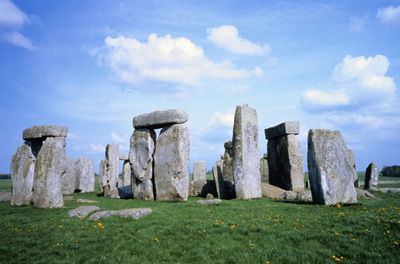
Stonehenge was erected around 3000 BC, though its exact purpose is still unknown. Take a whirlwind tour of other famous landmarks around the world in this image gallery. Next up, Scotland.
Advertisement
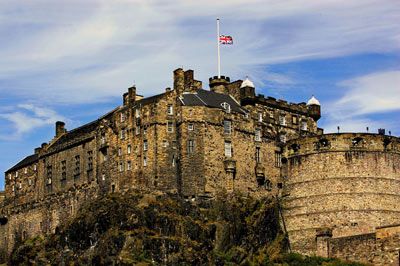
Edinburgh Castle was built high on bedrock, so it didn't need a moat. The next few pages explore landmarks in France, starting with the most famous palace in the world.
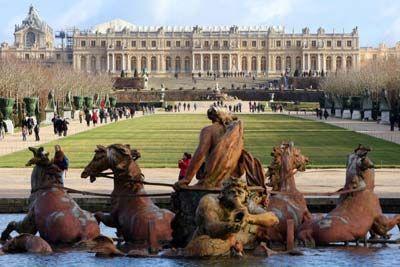
It took nearly 30,000 laborers to build the Palace of Versailles, an incredible vacation getaway built for King Louis XIV.
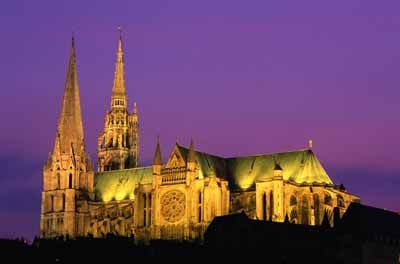
Chartres Cathedral is a gothic masterpiece located on a hilltop about 50 miles southwest of Paris, which is the next stop on the landmarks tour.
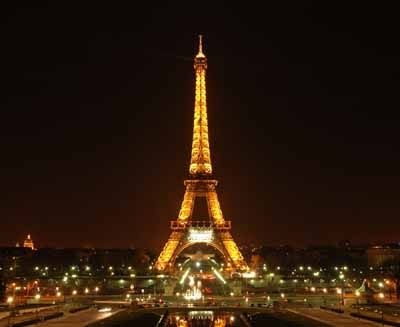
The Eiffel Tower is a symbol of the grace and beauty of Paris, and has spectacular views from the top. If you look to the north, you'll see the Arc de Triomphe...
Advertisement
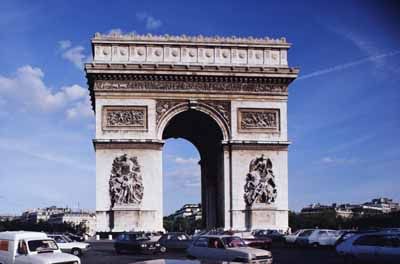
It was Napoleon's idea to build the Arc de Triomphe -- 164 feet tall and 148 feet wide -- to commemorate the victories of the French army. The next stop is a dramatic mountaintop castle in Germany.
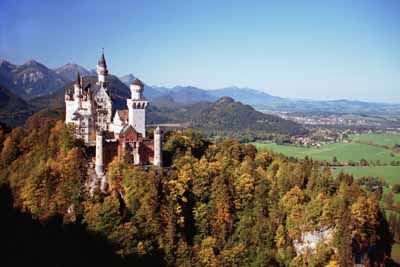
King Ludwig II helped to fund and to design Neuschwanstein, the quintessential fairy-tale castle. The gallery continues on to Spain before exploring the notable sites of Italy.
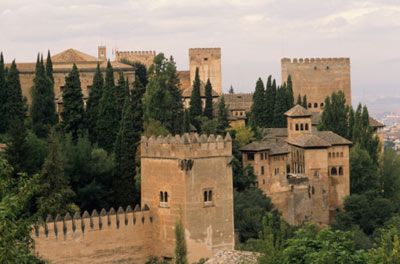
The conquering Moors built the Alhambra in Granada. On the palace grounds are some of finest gardens in all of Spain.
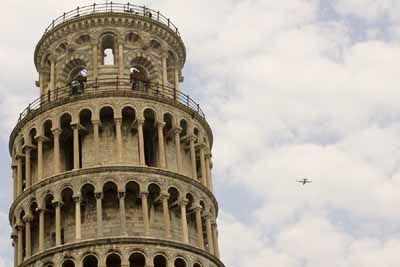
One day it may tip over, but for now the Leaning Tower of Pisa stands tall, 185 feet over the surrounding plaza.
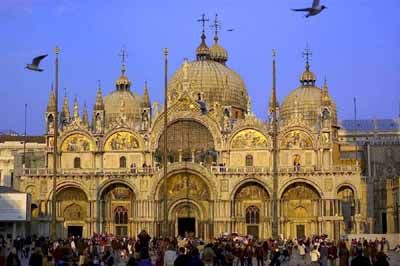
Besides its Byzantine design, St. Mark's Basilica in Venice, is notable for the treasure trove of priceless art contained inside. See the famous Colosseum next.
Advertisement

The Colosseum was once home to gladiatorial combat and even staged naval battles. See the most impressive of the great Michelangelo's works next.
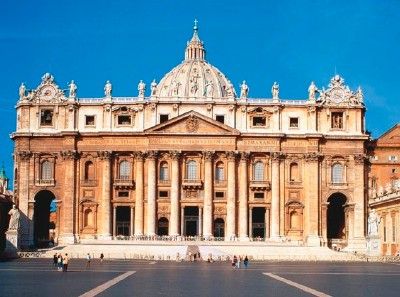
When he was appointed chief architect for the project, Michelangelo designed the facade for St. Peter's Basilica and also sculpted the expressive Pieta housed inside. The next stop is in Greece before heading through Egypt and the Middle East.

The Parthenon has stood atop the Acropolis in Athens since the 5th century BC. The Parthenon embodies the principles that raised Greek architecture to perfection -- harmony, proportion, elegance, grace.
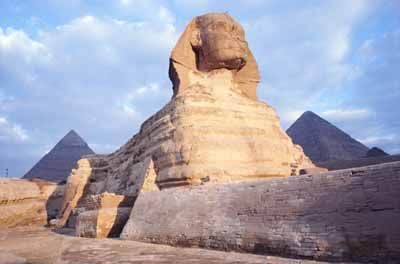
The Great Sphinx of Giza depicts the face of King Khafre atop the body of a lion. See the pyramids next.
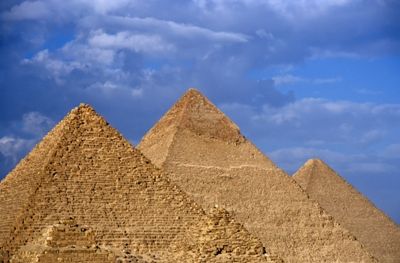
The Great Pyramids of Giza, located just outside of Cairo, are the oldest of the Seven Wonders of the World. They're also the only ones still standing. See another famous Egyptian monument next.
Advertisement
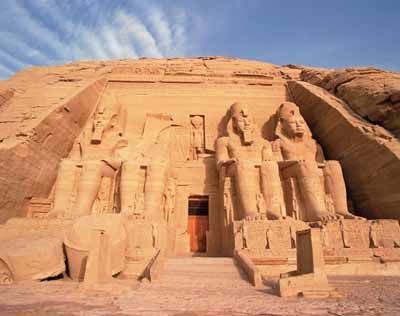
Among the many monuments to Ramses II of Egypt are the two rock temples at Abu Simbel. Each 65-foot-tall statue weighs in at 1,200 tons.
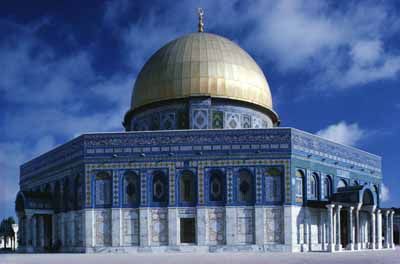
Among the holy places of Islam, the Dome of the Rock in Israel ranks behind only Mecca and Medina. The Dome of the Rock dates to the 7th century, though the site had been used for ages before. Next, travel to nearby Jordan to see the famous rock city.
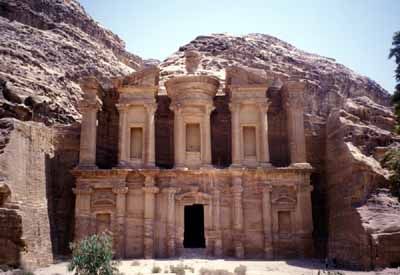
Petra was chiseled from bare rock by the Nabateans around 100 BC. It wasn't until 1812 that the site was known to outsiders.
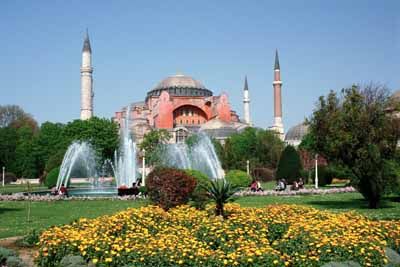
The Hagia Sophia church in Turkey, consecrated in 537, was one of the most daring architectural feats of its time. It boasts soaring towers and a massive dome arching 183 feet above the ground. The famous landmarks of Asia are next on the tour.
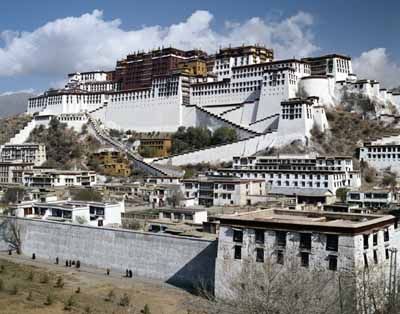
The 13 stories of Potala Palace in Tibet were once home to ten successive Dalai Lamas. Before its current use as a museum, the palace housed a monastery and government offices.
Advertisement

The Taj Mahal in India is the world's most spectacular monument to a lost love. Shah Jahan's magnificent memorial to his wife blends architectural elements from Persian, Indian and Islamic cultures.
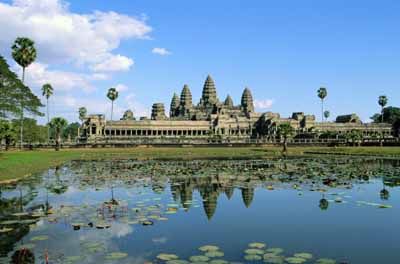
Angkor Wat is part of a lost Cambodian city that was restored, only to be looted by thieves. This 12th-century temple covers an astounding 200-acres, but the next site in China is even larger.
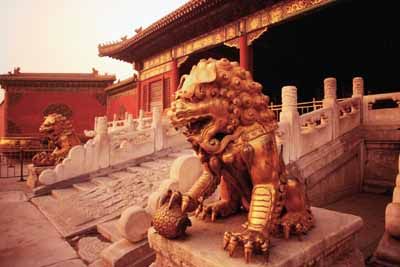
The Forbidden City is the world's largest palace complex. For centuries, only Chinese royalty could enter the complex. It contains nearly 1,000 buildings that date back to the early 15th century.

The Great Wall of China was built to keep out invaders. Today the thousands of miles of fortifications are "invaded" by millions of tourists every year. The next few sites are in Japan.
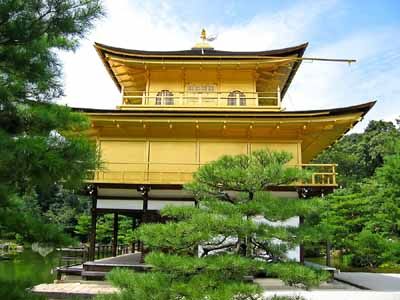
The Golden Pavilion, built in 1397, was originally a retirement villa for Shogun Yoshimitsu. Unfortunately, the building was burned down in 1950, but was reconstructed in 1955.
Advertisement
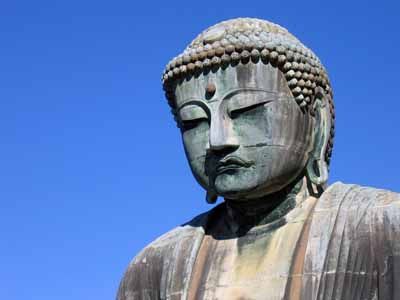
The Great Buddha statue in Kamakura, Japan once withstood a tsunami that washed away the temple it used to stand in. It has remained peacefully seated since the 13th century. The next stops are in Australia and South America.
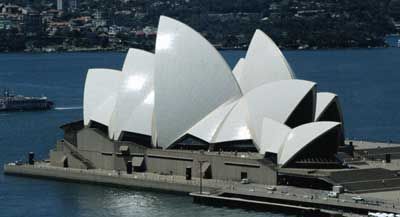
The Sydney Opera House is recognized as a World Heritage site for its excellence in design. The arching roofs mimic the billowing sails of ships.
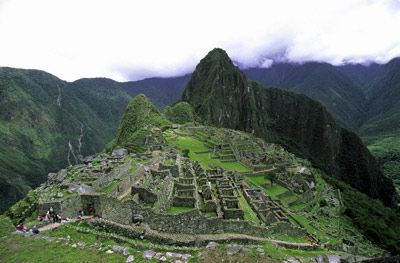
The Incans thrived at Machu Picchu in Peru beginning around the year 1200. It wasn't known to outsiders until Hiram Bingham's expedition in 1911. If you're ready to do your own exploring, start by reading How Adventure Travel Works.